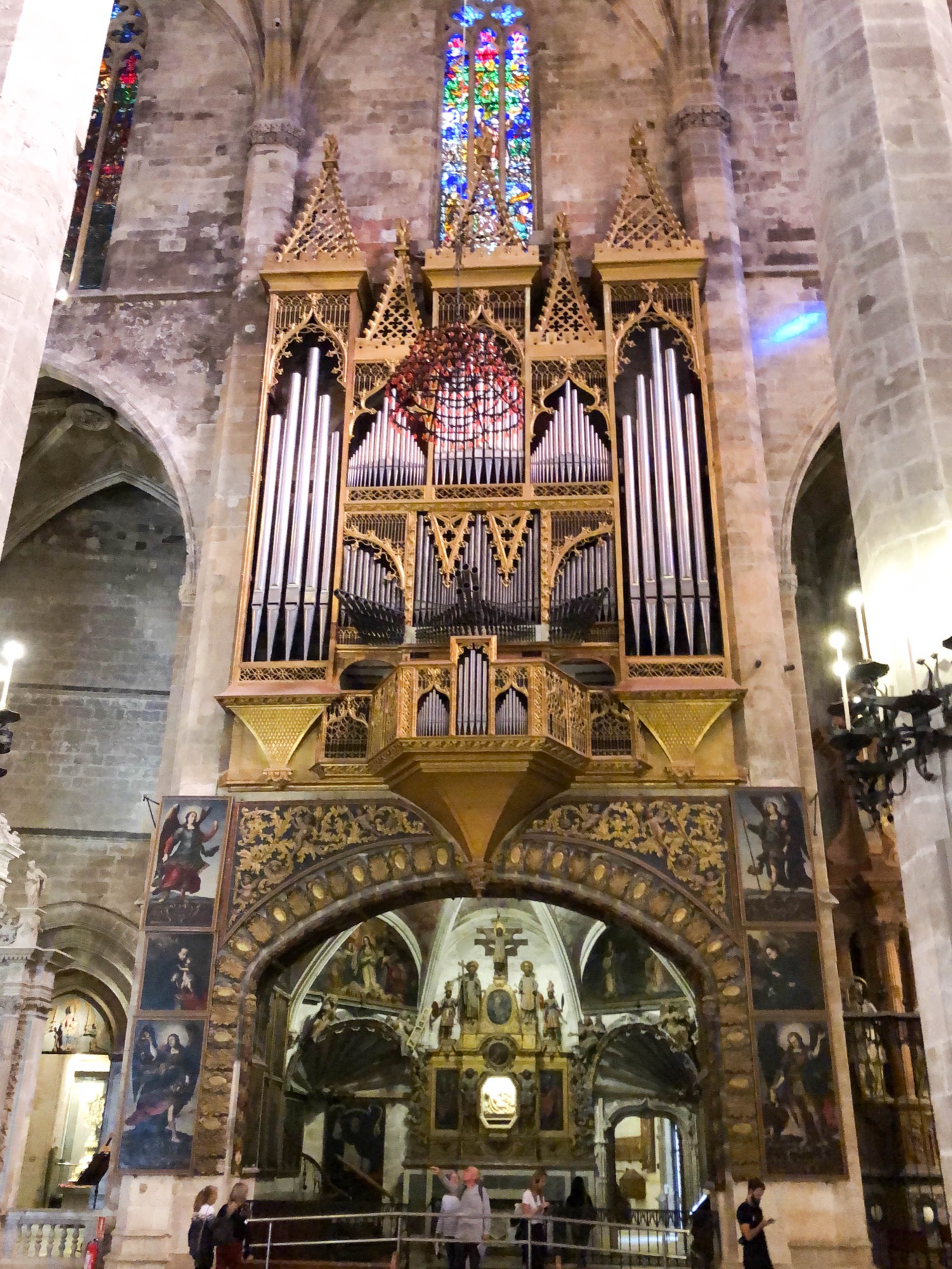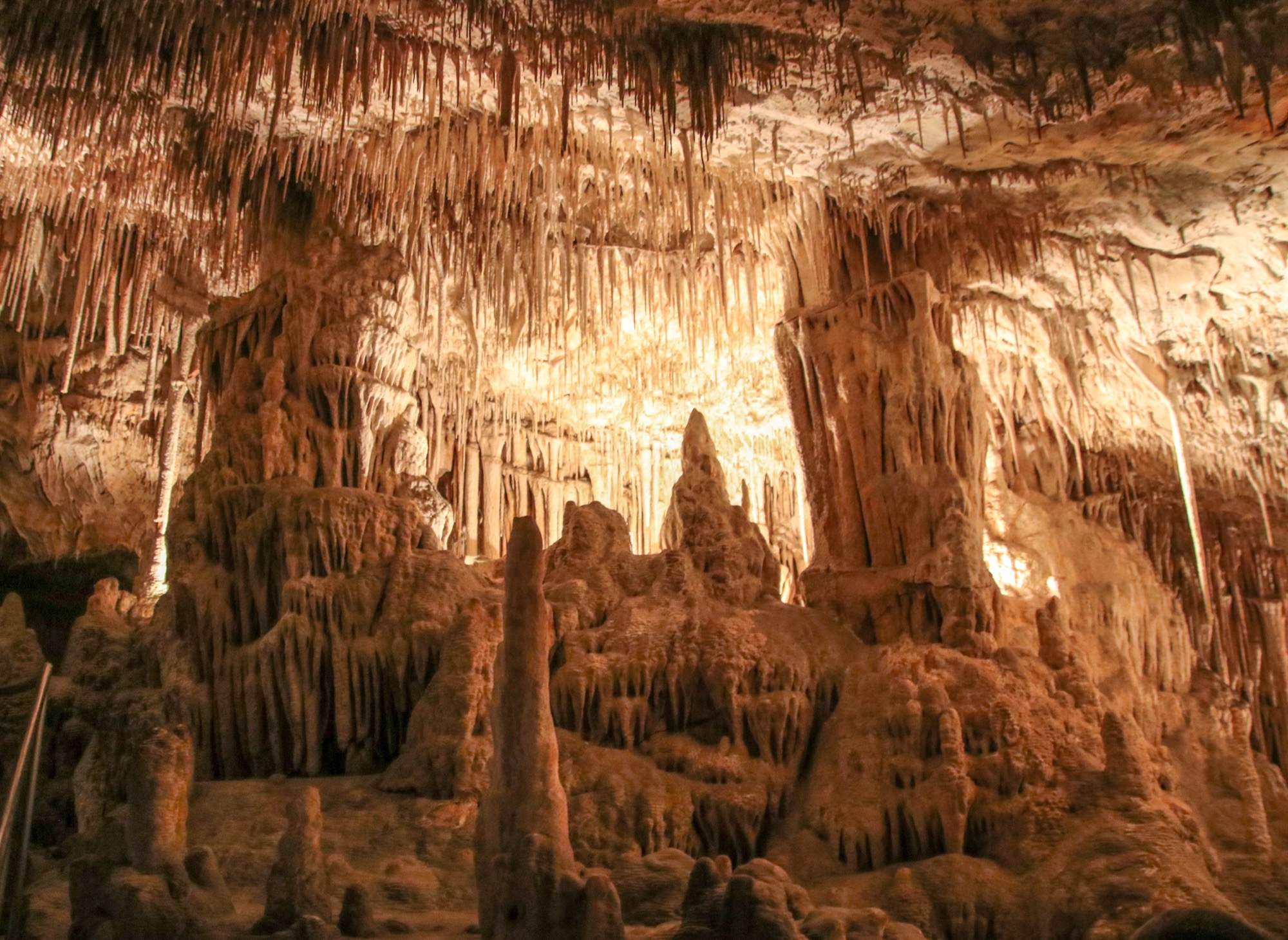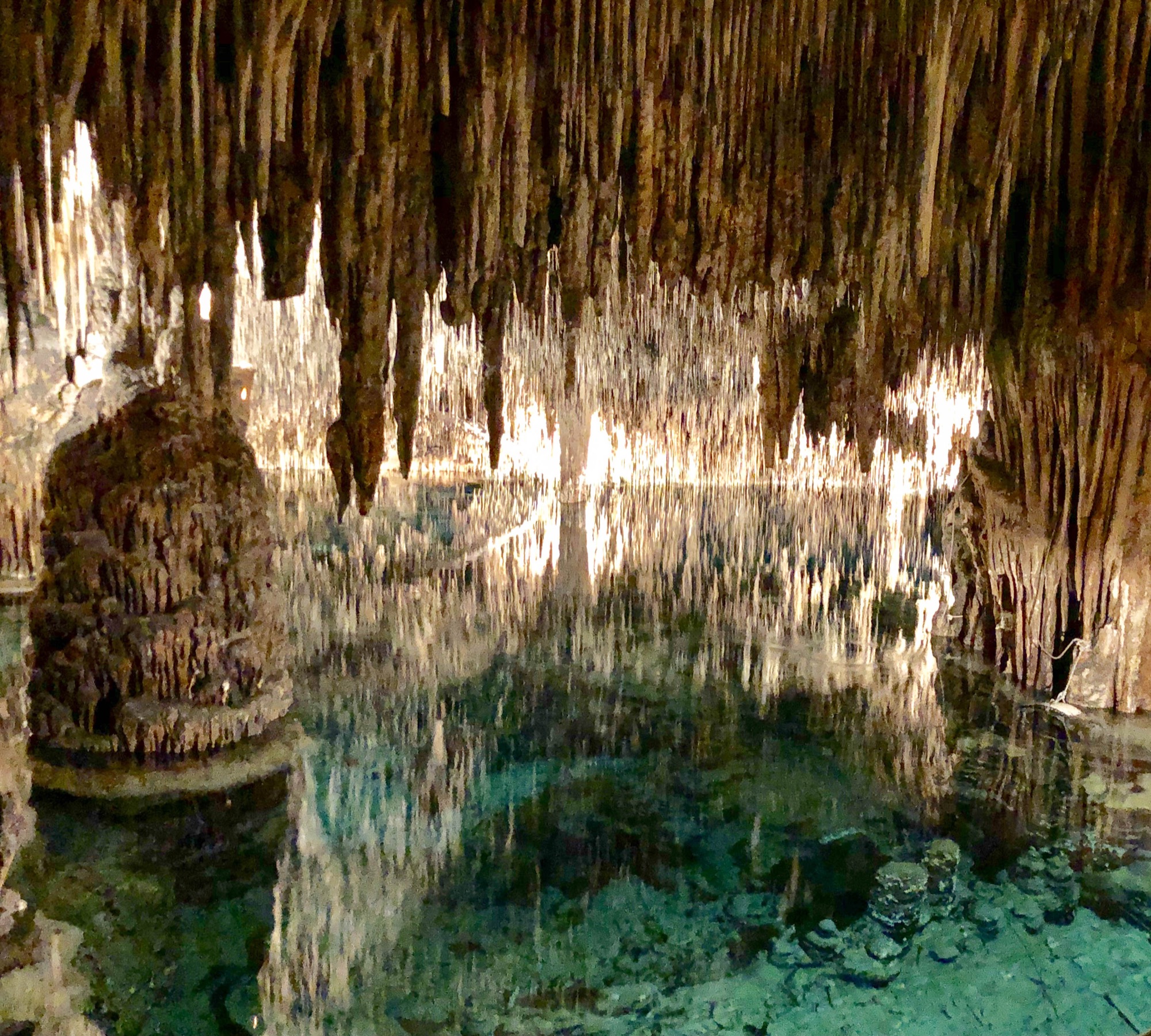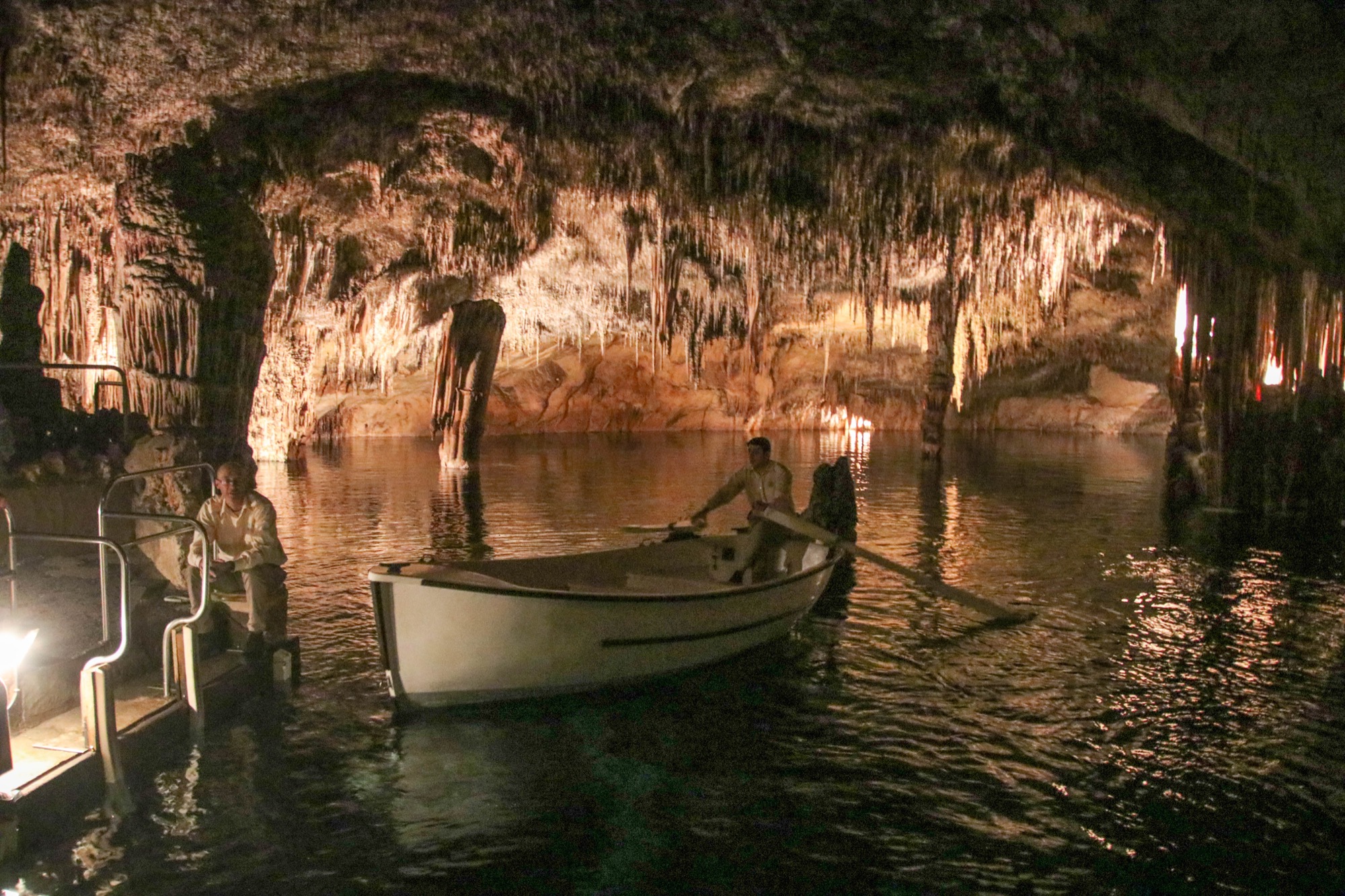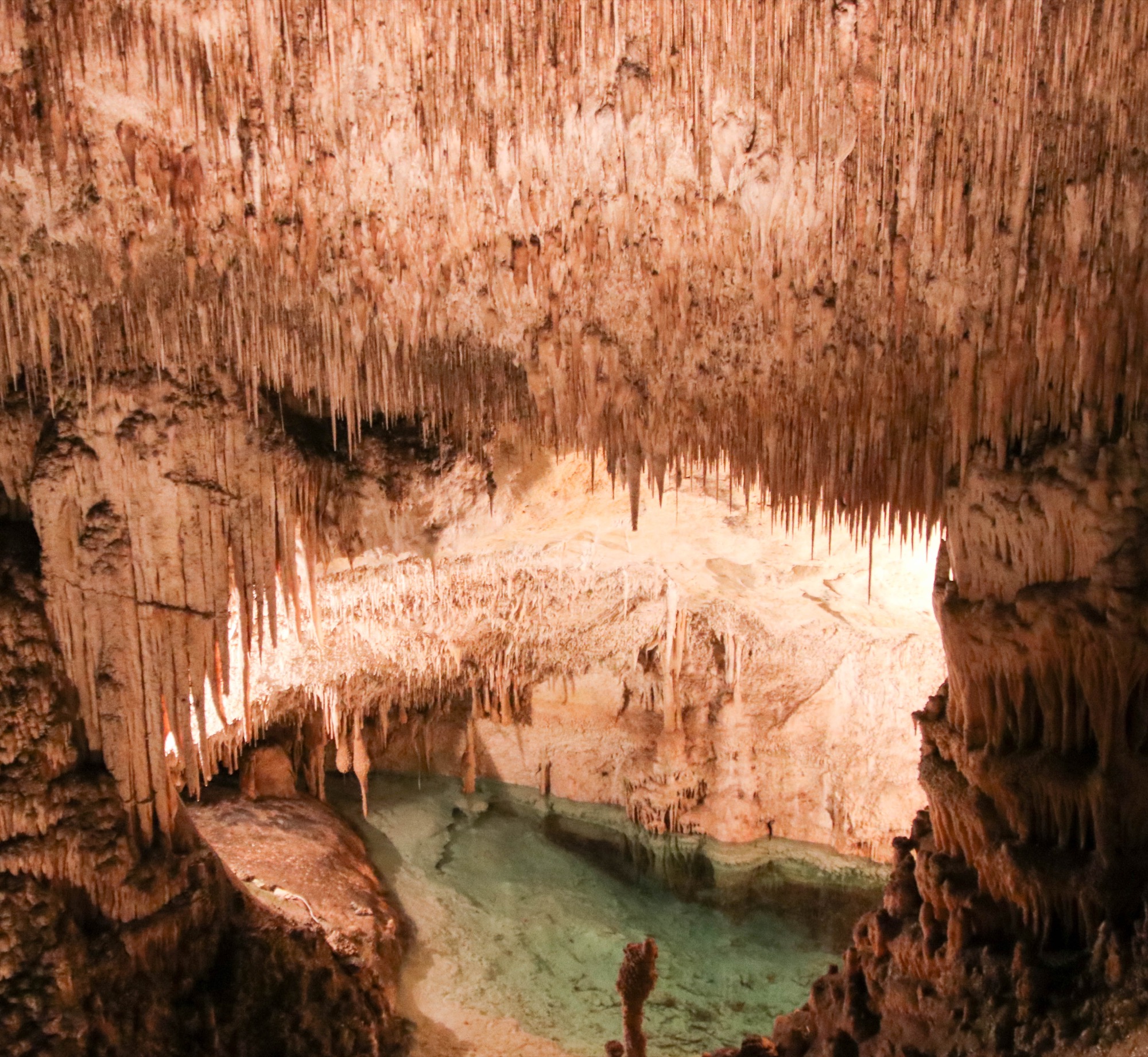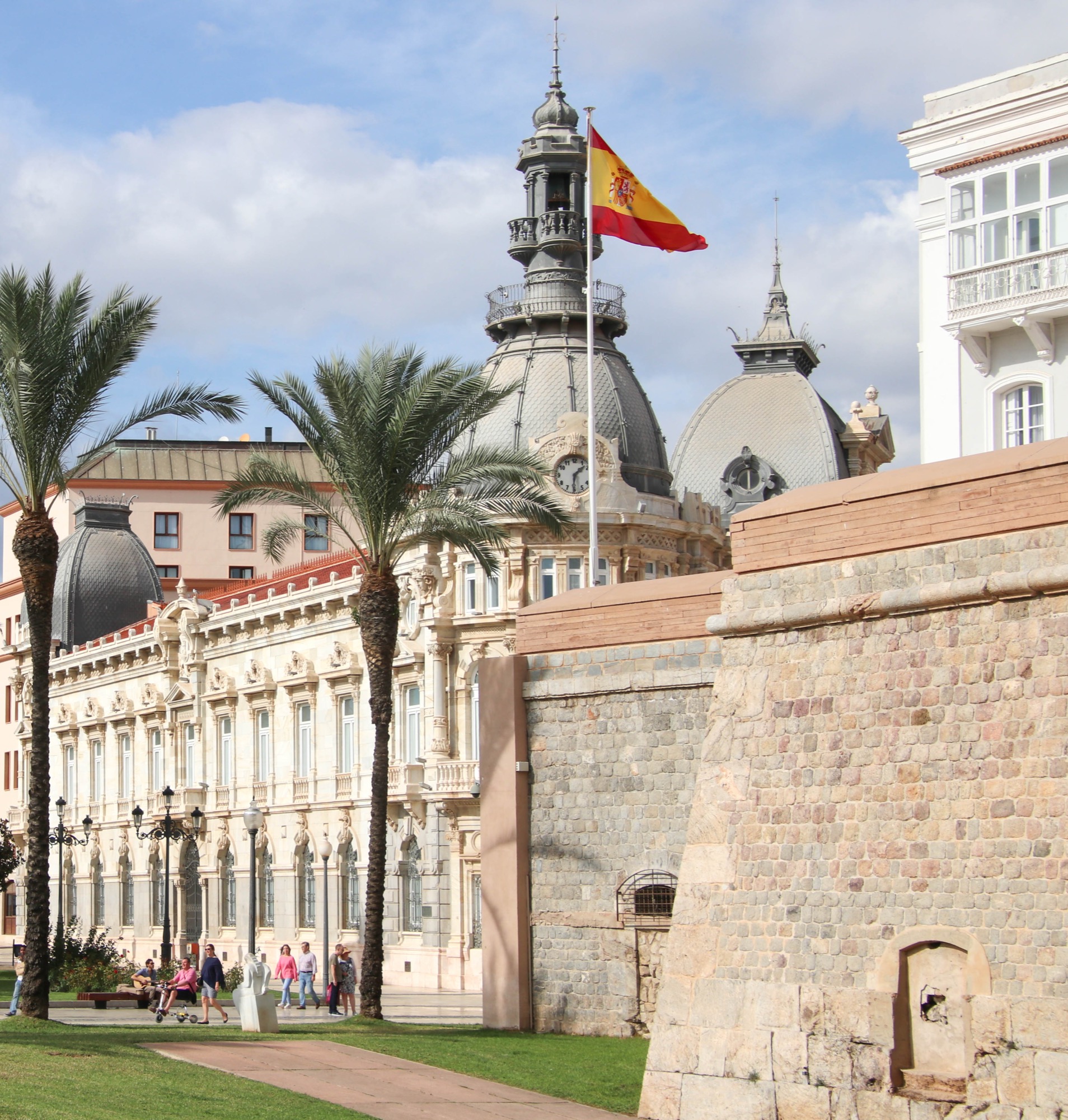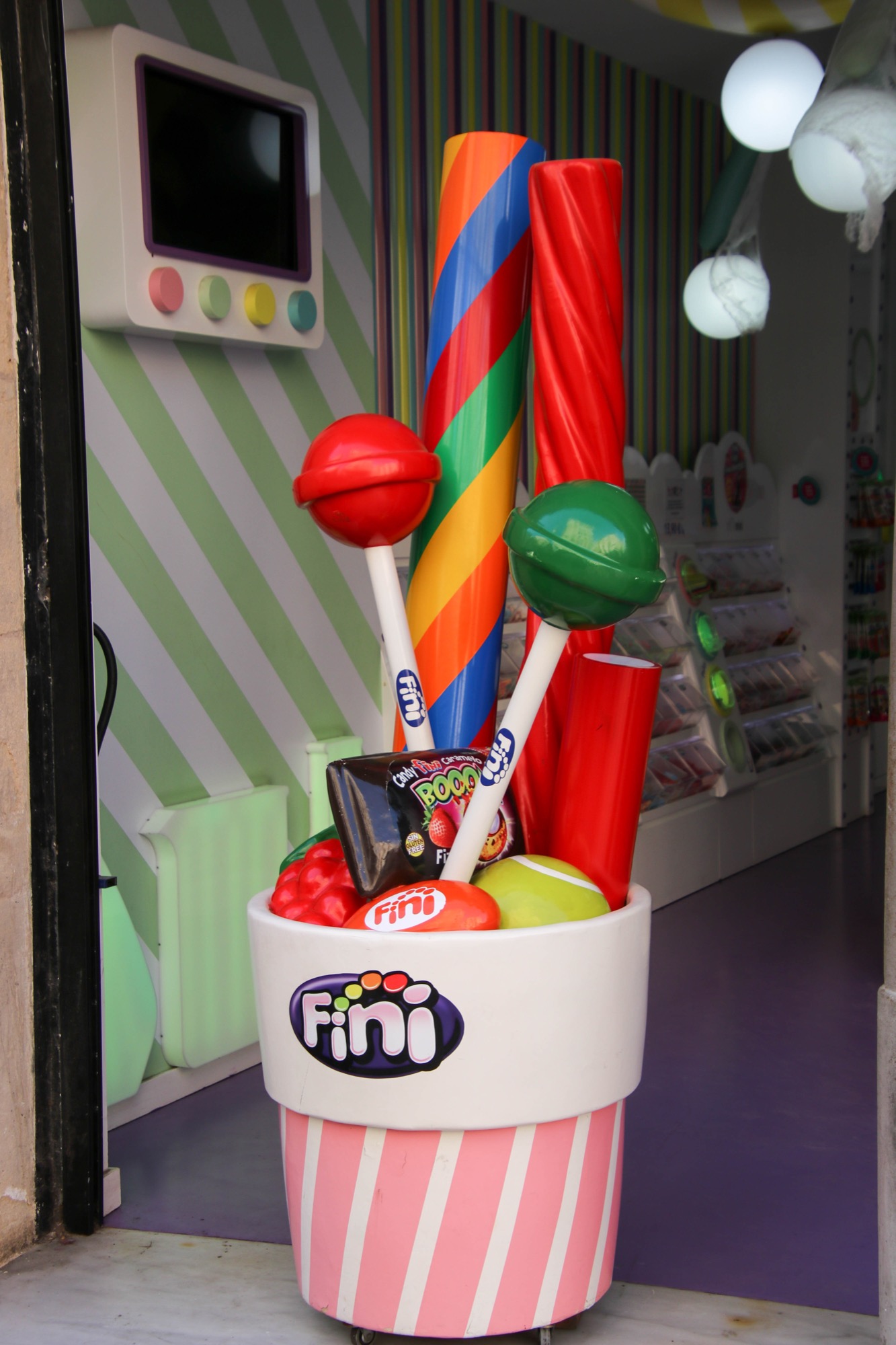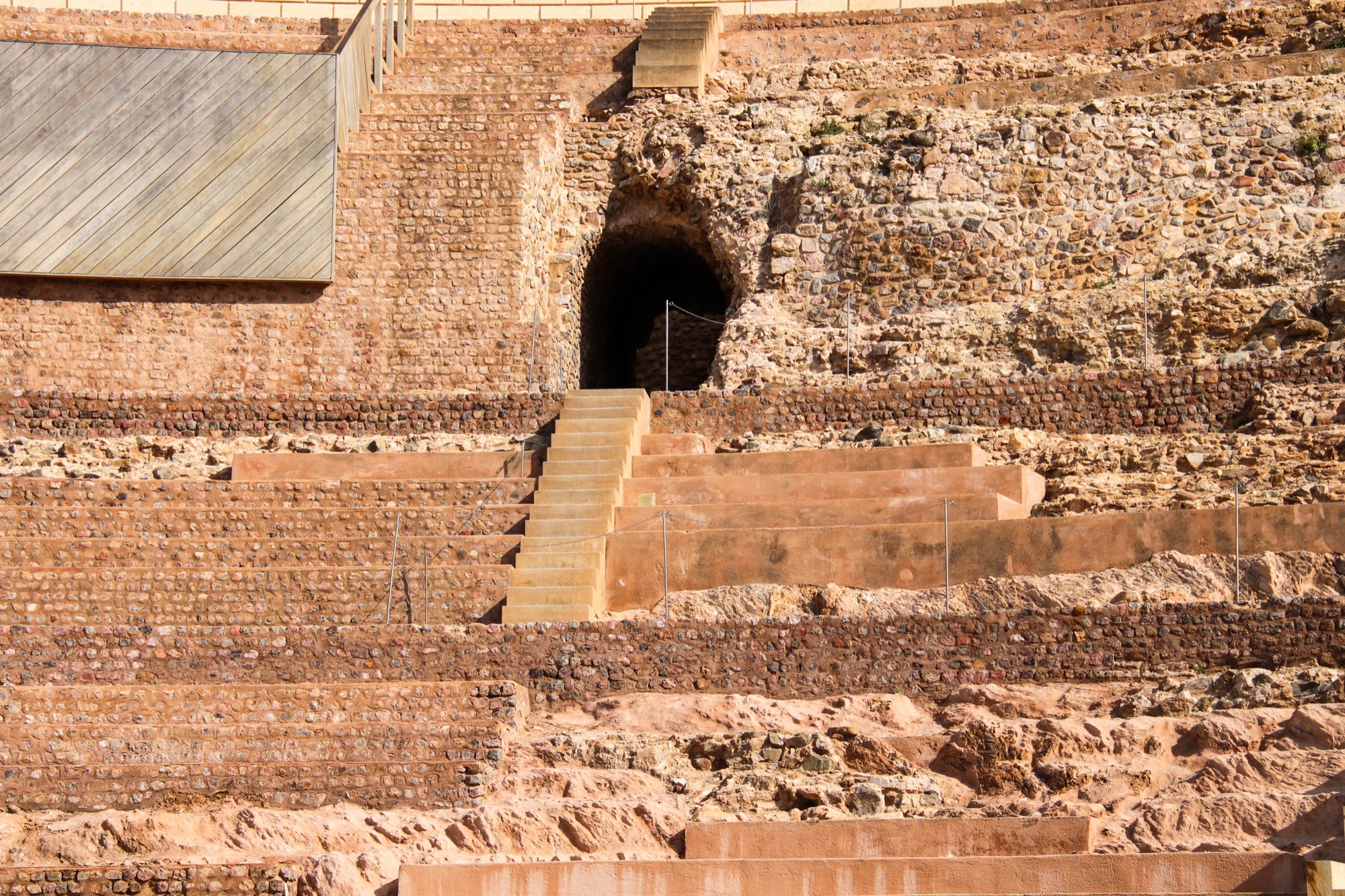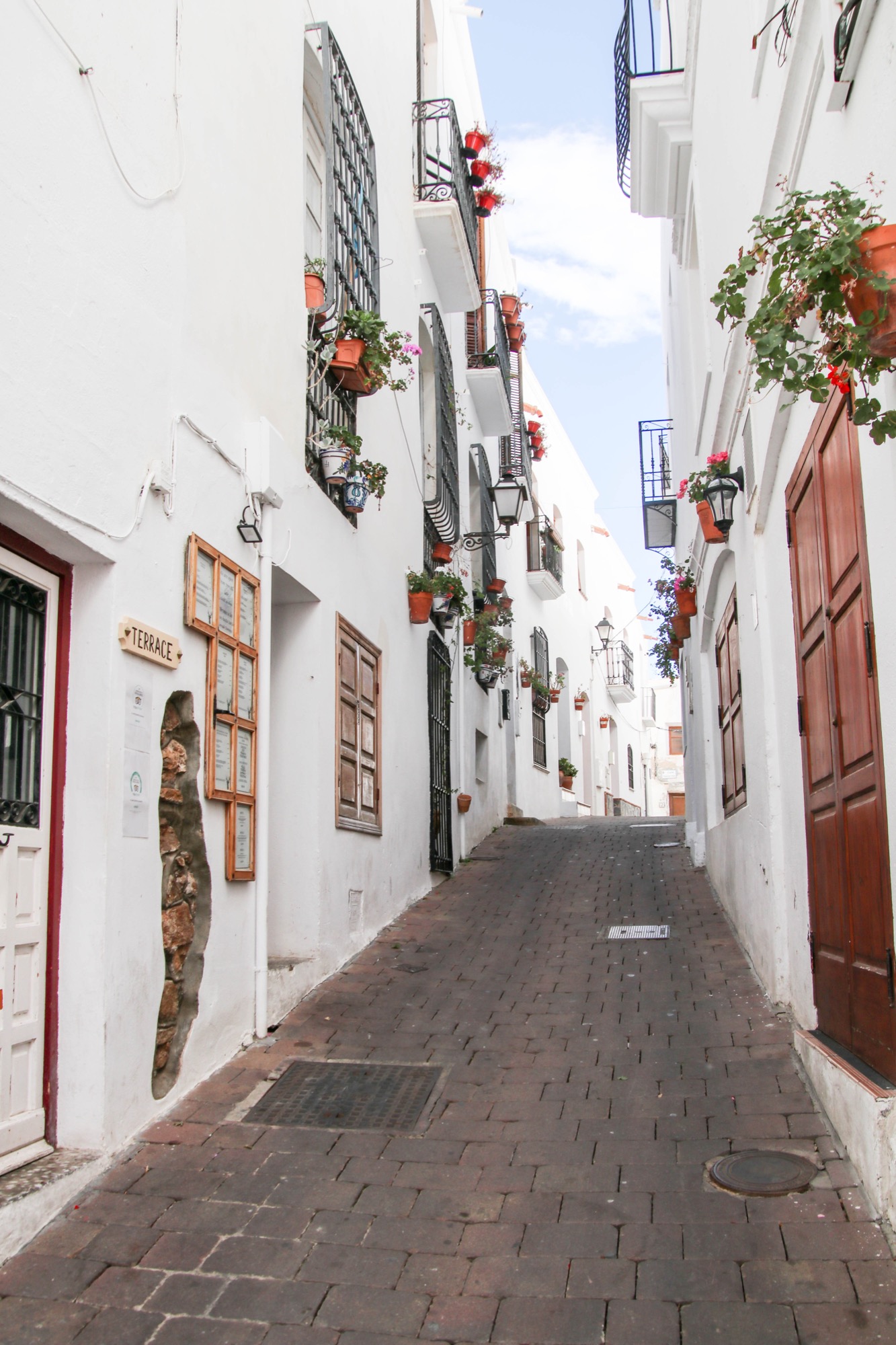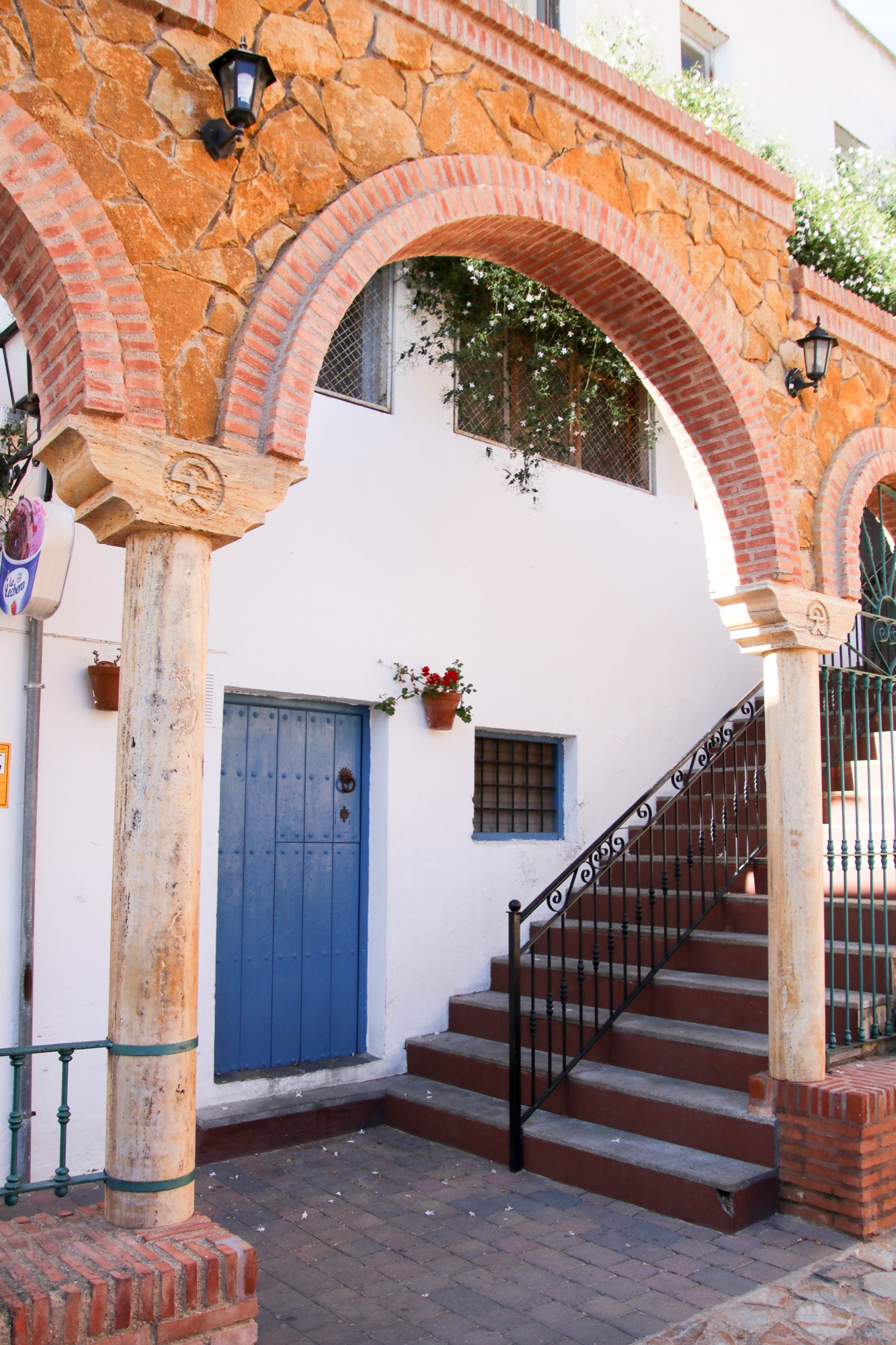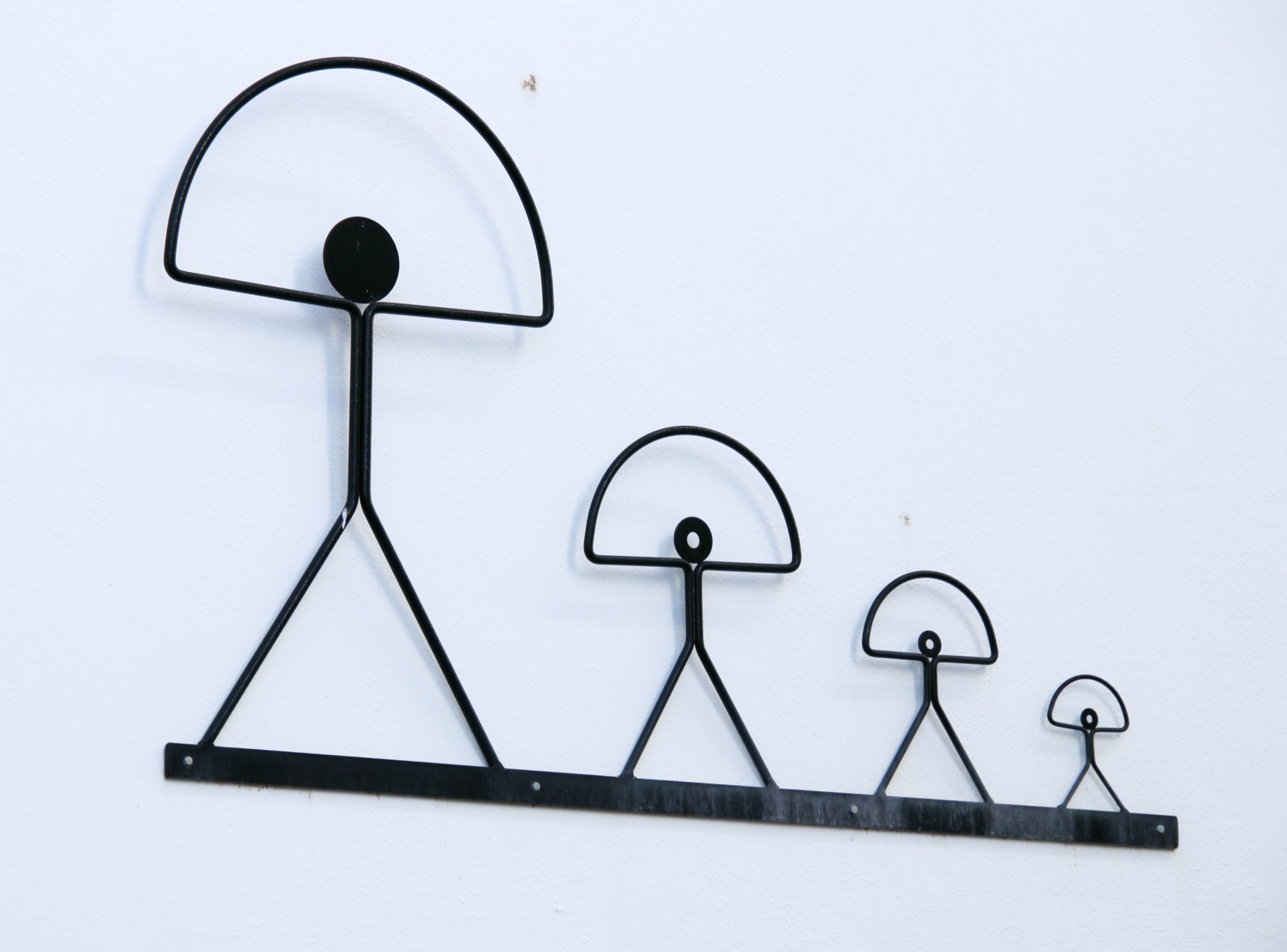More Palma Cathedral
It is easy to see why the Palma Cathedral is nicknamed the Cathedral of Light. There are 61 stained glass windows, including the large rose window which has a diameter of 36 feet and more than 1,200 pieces of colorful glass.
A modern work of art also adorns three walls in one of the cathedral's small chapels. The cracked ceramic sculpture, which is the work of Miquel Barcelo, shows the miracle of Jesus multiplying fish and loaves for his followers.

